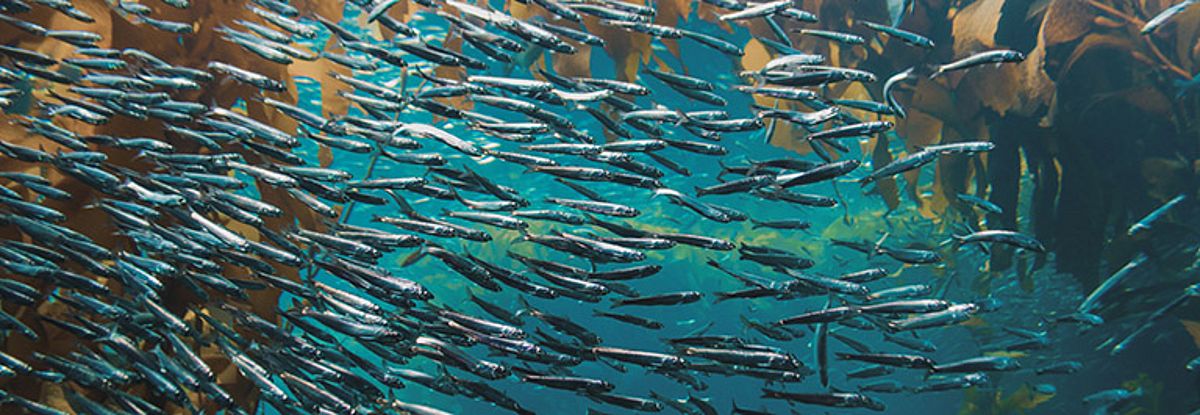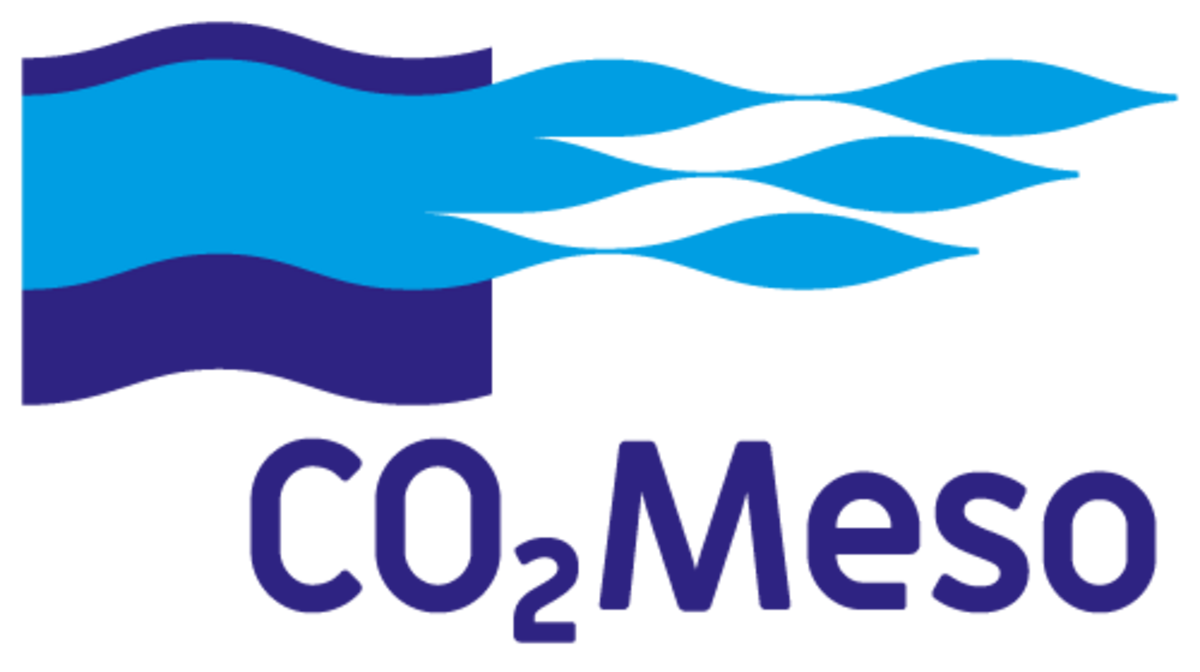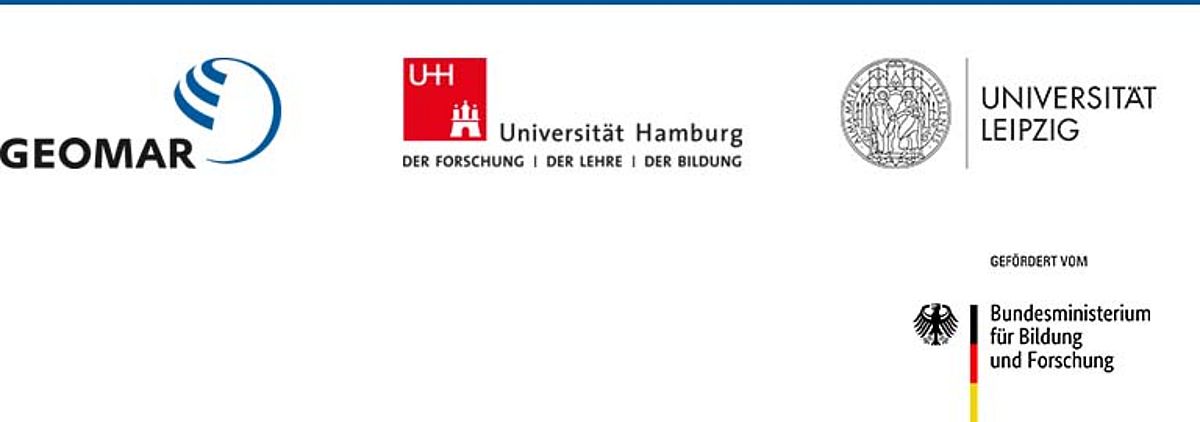The open ocean is largely unexplored as food source and might provide a number of new resources. One potentially large resource under discussion is that of mesopelagic fishes that live in a depth range between 200 – 1000 m. Even if mesopelagic fish is to date unlikely to be of direct consumption value for humans, its exploitation for obtaining fish meal to feed aquaculture or to be used in pig and poultry feed might still be of large economically value. However, their global biomass, distribution, growth, reproduction as well as their role in the biological carbon pump are not yet well constrained. Impacts of anthropogenic stressors (e.g. climate change) as well as of a commercial exploitation are largely unclear. These include impacts on ecology (food webs) and consequences for carbon sequestration and the biological carbon pump. Given the many unknowns and uncertainties so far, it is presently unclear how stock management could or should be designed to prevent overfishing and ensure a sustainable fishery.
The project CO2Meso aims to provide a foresight analysis of the potential and risks of mesopelagic fishery to inform decision makers and to generate the scientific knowledge required for developing sustainable governance approaches well before the exploitation starts.
January 2021 – December 2023
Sponsored by the Federal Ministry of Education and Research (BMBF) / Research programme MARE:N
Coordination: GEOMAR, Dr. Julia Getzlaff





